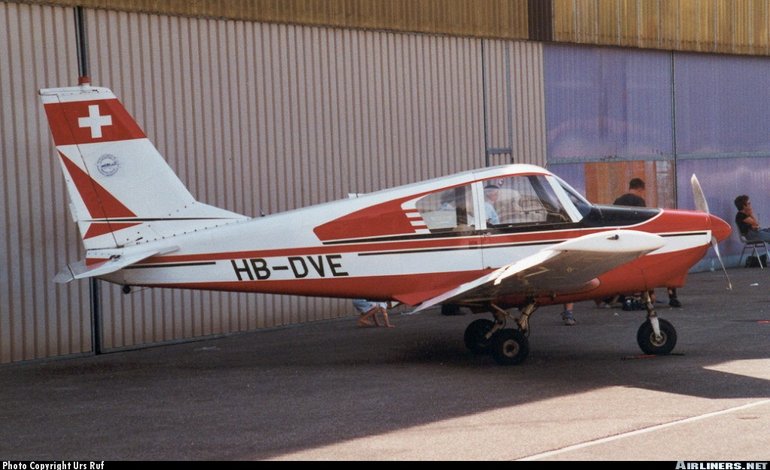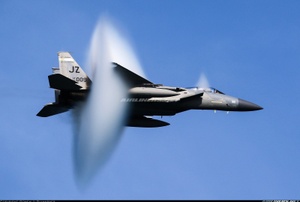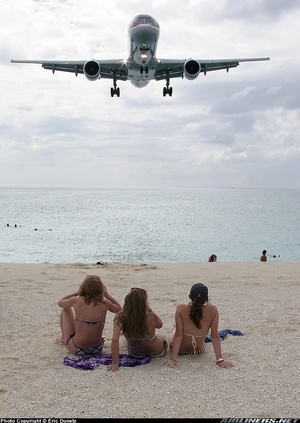Socata GY-80 Horizon & ST-10 Diplomate
Details
Country of Origin
France
Type
Four seat light aircraft
History
The Horizon and Diplomate are relatively high performance retractable undercarriage four seaters which were built in relatively modest numbers.
The initial GY-80 Horizon began life as a privately developed design penned by Yves Gardan, who had also been responsible for a number of other postwar light aircraft designs. Gardan built a prototype as a private development which flew on July 21 1960. Two years later, Sud Aviation (now Aerospatiale) acquired the design and production rights for the GY-80 and placed the type into production. Sud Aviation built three preproduction development aircraft before placing the GY-80 into production in late 1963.
A key aspect to the GY-80 was its simple design and method of construction. The GY-80 was of conventional appearance but slightly unusual construction, with an aluminium skinned steel tubular framework for the cabin area, and monocoque tailcone bolted aft. It featured a retractable tricycle undercarriage, Frise slotted ailerons and Fowler flaps. The flaps are permanently connected to the undercarriage linkage which is wound up and down manually with a handle protruding from the instrument panel. To reduce maintenance costs, the flaps, ailerons and horizontal tail pieces were interchangeable (in theory, but they needed to be modified if they were previously used at any other position). The Horizon was built using car assembly techniques, with just 11 production jigs.
Three versions of the Horizon were built, differing in powerplant and fuel tankage. These were the 110kW (150hp) Lycoming O-320-A powered GY-80-150, the 120kW (160hp) O-320-B2B powered GY-80-160, and the 135kW (180hp) Lycoming O-360-A powered GY-80-180. These were built firstly by Sud Aviation, and then by its newly established light aircraft division, Socata, from 1966.
Socata flew an improved development of the GY-80, initially called the Super Horizon 200, on November 7 1967. This new development featured a stretched cabin and a more powerful 150kW (200hp) fuel injected Lycoming IO-360-C. In production between 1969 and 1974, the Super Horizon was renamed Provence, and then the ST-10 Diplomate, the latter becoming the type's definitive name.
Powerplants
GY-80-160 - One 120kW (160hp) Lycoming O-320-B2B flat four piston engine driving a two blade fixed pitch propeller. ST-10 - One 150kW (200hp) Lycoming IO-360-C fuel injected flat four driving a two blade fixed pitch or optional constant speed propeller.
Performance
GY-80-160 - Max speed 240km/h (130kt), cruising speed 234km/h (126kt). Initial rate of climb 690ft/min. Service ceiling 13,940ft. Range with max fuel 950km (515nm). ST-10 - Max speed 280km/h (151kt), cruising speed 265km/h (143kt). Initial rate of climb 1005ft/min. Service ceiling 16,400ft. Range with four people on board 1385km (745nm).
Weights
GY-80-160 - Empty 620kg (1365lb), max takeoff 1100kg (2425lb). ST-10 - Empty 723kg (1594lb), max takeoff 1220kg (2690lb).
Dimensions
GY-80-160 - Wing span 9.70m (31ft 10in), length 6.64m (21ft 10in), height 2.60m (8ft 6in). Wing area 13.0m2 (139.9sq ft). ST-10 - Same except length 7.26m (22ft 10in), height 2.88m (9ft 6in).
Capacity
Typical seating for four.
Production
267 GY-80 Horizons of all models and 55 ST-10 Diplomates were built. Production ceased in 1974.
Related Links
Socata GY-80 Horizon & ST-10 Diplomate
The backbone of this section is from the The
International Directory of Civil Aircraft by Gerard Frawley
and used with permission. To get your own copy of the book
click here.


















